-
 Bitcoin
Bitcoin $83,055.9927
-0.47% -
 Ethereum
Ethereum $1,811.3411
-0.84% -
 Tether USDt
Tether USDt $0.9996
-0.02% -
 XRP
XRP $2.0568
-0.29% -
 BNB
BNB $592.3786
-1.07% -
 USDC
USDC $1.0000
0.02% -
 Solana
Solana $115.8401
-3.10% -
 Dogecoin
Dogecoin $0.1622
-2.36% -
 Cardano
Cardano $0.6499
-0.49% -
 TRON
TRON $0.2387
1.14% -
 Toncoin
Toncoin $3.5313
-7.91% -
 UNUS SED LEO
UNUS SED LEO $9.4387
0.79% -
 Chainlink
Chainlink $12.8160
-2.83% -
 Stellar
Stellar $0.2597
-0.92% -
 Avalanche
Avalanche $18.1550
-1.86% -
 Sui
Sui $2.2297
-6.00% -
 Shiba Inu
Shiba Inu $0.0...01216
-1.10% -
 Hedera
Hedera $0.1628
-0.73% -
 Litecoin
Litecoin $83.3180
0.23% -
 Polkadot
Polkadot $4.0186
-0.86% -
 MANTRA
MANTRA $6.3865
0.69% -
 Bitcoin Cash
Bitcoin Cash $302.0680
0.90% -
 Bitget Token
Bitget Token $4.5033
-1.06% -
 Dai
Dai $1.0000
0.01% -
 Ethena USDe
Ethena USDe $0.9995
-0.05% -
 Hyperliquid
Hyperliquid $11.9355
-4.35% -
 Monero
Monero $213.8810
-0.87% -
 Pi
Pi $0.5489
-17.54% -
 Uniswap
Uniswap $5.8524
-1.97% -
 Aptos
Aptos $5.0205
-3.57%
How Does Active Management Apply to the Crypto World?
In the decentralized crypto realm, active management leverages market data, on-chain analytics, and various strategies to identify undervalued assets, exploit inefficiencies, and achieve specific investment objectives
Oct 16, 2024 at 09:23 pm
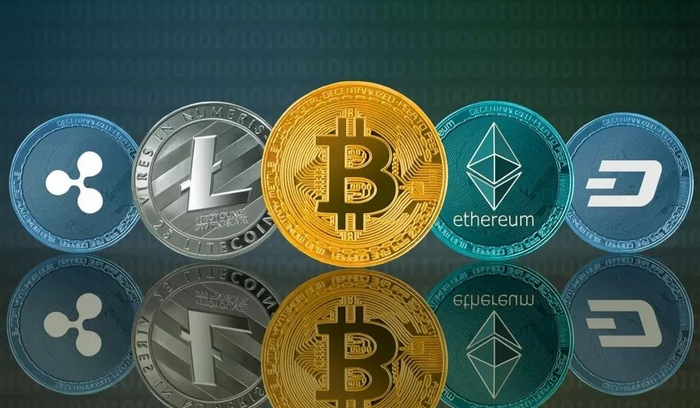
How Does Active Management Apply to the Crypto World?
1. Understanding Active Management
Active management is an investment strategy that involves selecting and managing a portfolio of assets based on research and analysis, aiming to outperform a benchmark or achieve specific investment goals. In traditional finance, active managers engage in stock picking, bond selection, and other investment decisions.
2. Active Management in Cryptocurrency
In the realm of cryptocurrency, active management involves similar principles but with unique characteristics:
- Decentralized Market: Crypto markets operate on decentralized blockchain networks, eliminating the role of traditional financial intermediaries.
- High Volatility: Cryptocurrency markets are highly volatile, presenting both opportunities and risks for active management.
- Data Availability: Access to real-time market data and on-chain analytics empowers active managers in making informed decisions.
3. Strategies for Active Management in Crypto
Active managers in the crypto world employ various strategies to outperform or achieve specific goals:
- Fundamental Analysis: Evaluating blockchain fundamentals, tokenomics, team, and market sentiment.
- Technical Analysis: Analyzing market trends, patterns, and price action using charting tools.
- Quantitative Analysis: Using algorithms and statistical models to identify trading opportunities.
- Arbitrage: Exploiting price differences between exchanges or assets.
- Yield Farming: Staking or lending crypto assets to earn rewards and enhance portfolio returns.
4. Benefits of Active Management in Crypto
- Outperform the Market: Active management can potentially generate higher returns than passive investing by identifying undervalued assets or exploiting market inefficiencies.
- Control and Customization: Active managers can tailor portfolios to specific risk tolerance, investment goals, and market conditions.
- Risk Mitigation: By diversifying across different cryptocurrencies and strategies, active management can help mitigate portfolio volatility.
5. Considerations for Active Management in Crypto
- Expertise and Skill: Active management requires significant expertise in cryptocurrency markets and a deep understanding of blockchain technology.
- Fees and Expenses: Active management strategies may involve fees and expenses, potentially reducing overall returns.
- Tax Implications: Cryptocurrency investments can have unique tax implications that active managers need to be aware of.
Conclusion
Active management can be a powerful tool in the crypto world, offering opportunities to outperform the market, customize portfolios, and enhance returns. However, it requires expertise, diligence, and an understanding of the unique characteristics of cryptocurrency markets. Investors considering active management should carefully evaluate their risk tolerance, investment goals, and the potential benefits and drawbacks of this strategy.
Disclaimer:info@kdj.com
The information provided is not trading advice. kdj.com does not assume any responsibility for any investments made based on the information provided in this article. Cryptocurrencies are highly volatile and it is highly recommended that you invest with caution after thorough research!
If you believe that the content used on this website infringes your copyright, please contact us immediately (info@kdj.com) and we will delete it promptly.
- Cango, a publicly traded Chinese conglomerate, has agreed to sell its legacy China operations to an entity associated with peer Bitmain
- 2025-04-04 09:35:11
- Neo Initiates an Investigation into Large-scale NEO Token Movements Preceding a Sharp Decline in Market Value
- 2025-04-04 09:35:11
- Bitcoin (BTC) Price Juggles Around $82,000 as the Global Market Dynamics Are Surrounded with Uncertainty
- 2025-04-04 09:30:12
- Move Over DOGE and PEPE, There's a New Meme Coin in the Market: InfluencerPepe
- 2025-04-04 09:30:12
- Solana (SOL) Drops by Nearly 12.75% in the Last 24 Hours to a Three-Week Low of $100
- 2025-04-04 09:25:12
- Florida Homeowners Will Have to Wait for Property Tax Relief
- 2025-04-04 09:25:12
Related knowledge

Why is the oracle called the bridge between blockchain and the real world?
Apr 04,2025 at 04:00am
The concept of an oracle in the cryptocurrency and blockchain world is crucial for understanding how these decentralized systems interact with external data. The oracle is often referred to as the bridge between blockchain and the real world because it serves as a vital intermediary that fetches, verifies, and transmits off-chain data to the on-chain en...
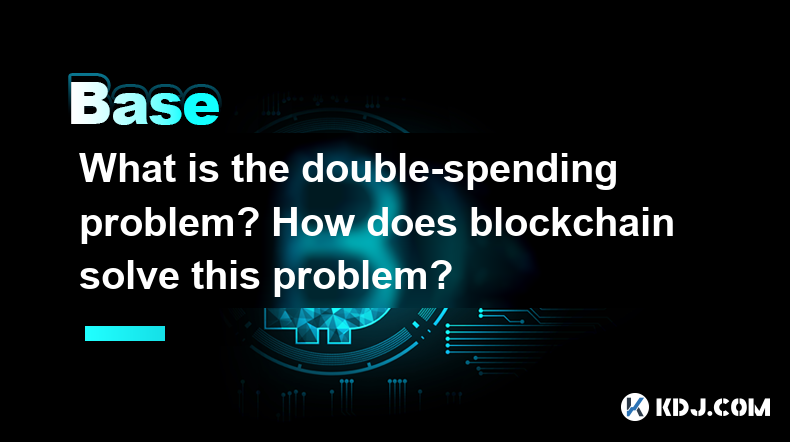
What is the double-spending problem? How does blockchain solve this problem?
Apr 04,2025 at 09:07am
The double-spending problem is a significant challenge in the realm of digital currencies. Double-spending refers to the potential for a digital currency to be spent more than once. This issue arises because digital files, unlike physical cash, can be easily duplicated. If not addressed, double-spending could undermine the integrity and trust in any dig...
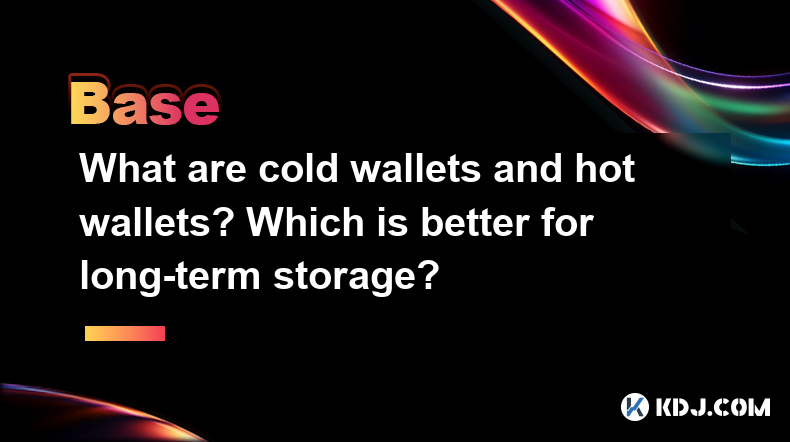
What are cold wallets and hot wallets? Which is better for long-term storage?
Apr 04,2025 at 07:57am
Cold wallets and hot wallets are two primary types of cryptocurrency storage solutions, each with its own set of advantages and security levels. Understanding the differences between them is crucial for anyone looking to store their digital assets safely, especially for long-term storage. What is a Cold Wallet?A cold wallet, also known as a hardware wal...
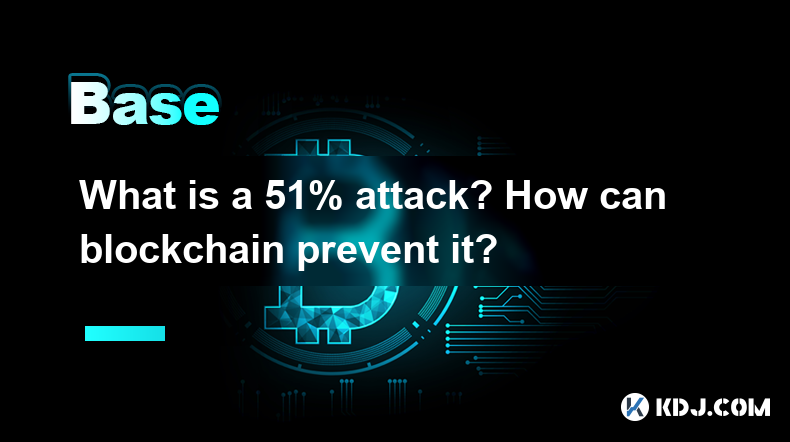
What is a 51% attack? How can blockchain prevent it?
Apr 04,2025 at 02:08am
A 51% attack is a significant threat to the security and integrity of a blockchain network. In this type of attack, a single entity or group gains control of more than half of the network's mining power or hash rate. This control allows the attacker to manipulate the blockchain by double-spending coins, preventing the confirmation of new transactions, o...
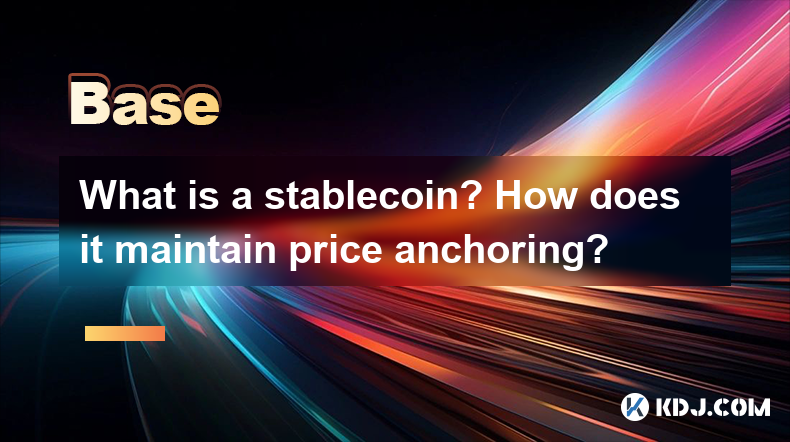
What is a stablecoin? How does it maintain price anchoring?
Apr 04,2025 at 09:49am
A stablecoin is a type of cryptocurrency designed to minimize the volatility typically associated with other cryptocurrencies like Bitcoin and Ethereum. The primary goal of a stablecoin is to maintain a stable value by pegging it to a more stable asset, such as a fiat currency (like the US dollar) or a commodity (like gold). This stability makes stablec...

Why can the inverted hammer shape appear at the bottom be used as a reversal signal?
Apr 03,2025 at 04:07pm
Inverted Hammer is a common K-line pattern in technical analysis, and is often regarded as a potential reversal signal when it appears at the bottom. This article will explore in detail why an inverted hammer line may be a reversal signal when it appears at the bottom, and provide specific identification and application methods. Basic characteristics of...

Why is the oracle called the bridge between blockchain and the real world?
Apr 04,2025 at 04:00am
The concept of an oracle in the cryptocurrency and blockchain world is crucial for understanding how these decentralized systems interact with external data. The oracle is often referred to as the bridge between blockchain and the real world because it serves as a vital intermediary that fetches, verifies, and transmits off-chain data to the on-chain en...

What is the double-spending problem? How does blockchain solve this problem?
Apr 04,2025 at 09:07am
The double-spending problem is a significant challenge in the realm of digital currencies. Double-spending refers to the potential for a digital currency to be spent more than once. This issue arises because digital files, unlike physical cash, can be easily duplicated. If not addressed, double-spending could undermine the integrity and trust in any dig...

What are cold wallets and hot wallets? Which is better for long-term storage?
Apr 04,2025 at 07:57am
Cold wallets and hot wallets are two primary types of cryptocurrency storage solutions, each with its own set of advantages and security levels. Understanding the differences between them is crucial for anyone looking to store their digital assets safely, especially for long-term storage. What is a Cold Wallet?A cold wallet, also known as a hardware wal...

What is a 51% attack? How can blockchain prevent it?
Apr 04,2025 at 02:08am
A 51% attack is a significant threat to the security and integrity of a blockchain network. In this type of attack, a single entity or group gains control of more than half of the network's mining power or hash rate. This control allows the attacker to manipulate the blockchain by double-spending coins, preventing the confirmation of new transactions, o...

What is a stablecoin? How does it maintain price anchoring?
Apr 04,2025 at 09:49am
A stablecoin is a type of cryptocurrency designed to minimize the volatility typically associated with other cryptocurrencies like Bitcoin and Ethereum. The primary goal of a stablecoin is to maintain a stable value by pegging it to a more stable asset, such as a fiat currency (like the US dollar) or a commodity (like gold). This stability makes stablec...

Why can the inverted hammer shape appear at the bottom be used as a reversal signal?
Apr 03,2025 at 04:07pm
Inverted Hammer is a common K-line pattern in technical analysis, and is often regarded as a potential reversal signal when it appears at the bottom. This article will explore in detail why an inverted hammer line may be a reversal signal when it appears at the bottom, and provide specific identification and application methods. Basic characteristics of...
See all articles






















































































